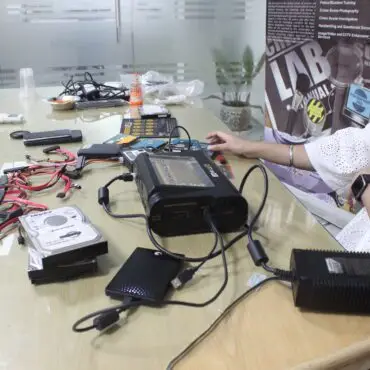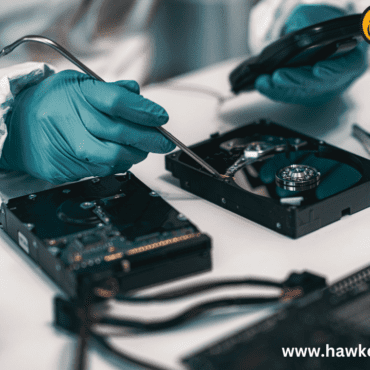Recovering Data from Physically Damaged Hard Drives: Expert Guide
When a hard drive fails physically, it can feel like a nightmare — years of photos, documents, and business files suddenly inaccessible. Unlike logical failures (where data is lost due to software issues), physical damage means something has gone wrong inside the drive’s hardware components. The good news? With the right expertise and tools, data from physically damaged hard drives can often be recovered.
In this blog, we’ll break down the causes of physical damage, the professional recovery process, and precautions you can take to prevent permanent data loss.
Understanding Physical Hard Drive Damage
A physically damaged hard drive refers to any situation where the internal components of the drive are broken, worn out, or affected by external factors. Common causes include:
-
Head crashes – When the read/write head contacts the platter, scratching or destroying data surfaces.
-
Motor or spindle failure – Prevents the drive from spinning properly.
-
PCB (Printed Circuit Board) damage – Caused by power surges or overheating.
-
Water or fire damage – Results from environmental exposure or accidents.
-
Dropped or impacted drives – Mechanical shock can misalign or break delicate components.
If you hear clicking, grinding, or beeping noises from your hard drive — stop using it immediately. Continuing to power it on may cause more damage.
Why DIY Data Recovery Can Be Risky
Many users try to open the hard drive or use software tools to recover data on their own. However, this can make recovery more difficult — or even impossible. Physically damaged drives require cleanroom environments and specialized tools to avoid contaminating or scratching the platters.
Here’s why DIY recovery is not recommended:
-
Opening the drive outside a cleanroom can introduce dust and debris.
-
Repeated powering on may worsen internal damage.
-
Untrained handling can break fragile components like the head assembly.
Always seek professional data recovery services for physically damaged drives.
Professional Data Recovery Process
Certified data recovery labs follow a structured and safe approach to extract data from physically damaged hard drives. The process typically involves:
1. Drive Inspection and Diagnosis
Experts first assess the extent of the damage using specialized diagnostic tools. This helps determine if recovery is possible and what methods will be needed.
2. Cleanroom Repair
In a Class 100 or Class 10 cleanroom, engineers open the drive to replace or repair damaged components like heads, platters, or PCBs — ensuring no dust contamination occurs.
3. Imaging the Drive
Once stabilized, a bit-by-bit image of the drive is created. This ensures all recoverable data is extracted safely without further damage to the original media.
4. Data Extraction and Verification
Recovered data is transferred to a secure storage medium. Technicians verify file integrity and structure before delivering the final output to the client.
Tips to Protect Your Data from Physical Damage
While data recovery is possible, prevention is always better. Here are a few tips to protect your hard drives and data:
-
Keep your devices away from moisture, dust, and extreme temperatures.
-
Avoid dropping or moving your computer or external drive while it’s running.
-
Use a UPS (Uninterruptible Power Supply) to protect against power surges.
-
Back up your data regularly to cloud storage or another device.
-
Replace old drives before they start showing signs of wear.
When to Contact a Professional Data Recovery Service
If your drive has suffered physical trauma, water damage, or makes unusual noises, power it off immediately and contact a certified data recovery specialist. Reputable services provide:
-
Free initial evaluation
-
No data, no charge policy
-
Secure and confidential handling
-
Detailed recovery reports
Remember, the faster you act, the higher your chances of a successful recovery.
Conclusion
Recovering data from a physically damaged hard drive is complex but not impossible. With professional expertise, cleanroom technology, and precise tools, even severely damaged drives can yield valuable data. Protect yourself from future data disasters by maintaining regular backups and handling your hardware carefully.
If you’re facing hard drive failure, don’t panic — seek professional help immediately. Your data might still be recoverable.





Post comments (0)